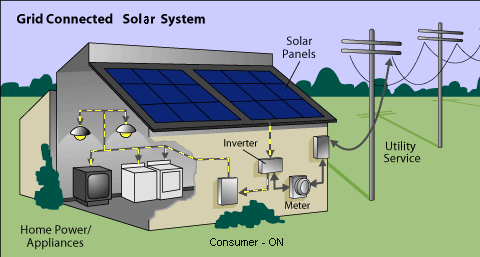Safety Warnings and Disadvantages of DIY Home Solar Setup

Before you embark on a DIY home solar setup, you need to know the advantages and disadvantages of the project. In addition, there are safety concerns and permits that must be obtained for this endeavor. Keep reading to learn more. In this article, we will cover the Safety Warnings and Disadvantages of DIY home solar setup. This project is not for the faint of heart! If you are considering taking this route, remember to consult with local authorities first.
Disadvantages of DIY home solar setup
The cost of installing DIY home solar setups can quickly eat up any savings you might have made. Because you have to buy all of the materials and equipment yourself, there are no economies of scale to speak of. DIY solar setups can also be expensive, especially if you use low grade items like solar cells. Purchasing a complete DIY home solar panel kit can be an excellent deal, but it may not be able to keep up with your energy demands for years.
Another disadvantage of DIY home solar setup is that it’s complicated. If you’re not knowledgeable about electrical systems, you could end up with a dangerously incorrect setup. You could also risk causing structural problems or a fire hazard if you mess up the connections. Even if you do know how to set up solar panels, you still have to know how to care for them properly. DIY solar installations aren’t for the faint of heart.
Safety warnings of DIY home solar setup
The safety warnings of DIY home solar setup are obvious. Make sure you wear the appropriate clothing while installing solar panels. Avoid wearing loose clothes because they could get caught on the array and cause a fall. Follow the manufacturer’s guidelines and codes when installing solar panels. Use gloves and insulated tools. Wear a back brace if you have lower back problems. It is also important to stay hydrated. Do not work in hot weather.
One of the primary safety warnings of DIY home solar setup involves electrical safety. While most people feel comfortable handling electricity, this is not always the case. The failure to properly conduct electrical work can cause a serious hazard and expensive repair bills. In addition to electrical shock, you can also sustain bodily injury while working on the rooftop. Follow these tips and you will be safe. While installing the DIY home solar setup, you should follow all manufacturer instructions to avoid serious injury.
Getting permits for DIY home solar setup
If you’re interested in setting up your own solar energy system, you should know how to get permits. Depending on where you live, there are different types of approvals you’ll need to obtain. Some cities require stamped approval from a homeowners association before solar installation can begin, but many don’t. Before you get started, you should contact your city and ask what the rules are. The permits you need will depend on the size of your system and where you live.
Before you begin installing your solar panels, you’ll need to obtain a building permit. You’ll need to provide electrical line drawings, performance output schematics, and an inspection once the system is up and running. Similarly, you’ll need to get approval for interconnection to your local utility grid. If you’re not an electrician, hiring a licensed solar professional is your best option. They’ll have the expertise you need to get the permit and help you build your system safely and efficiently.
